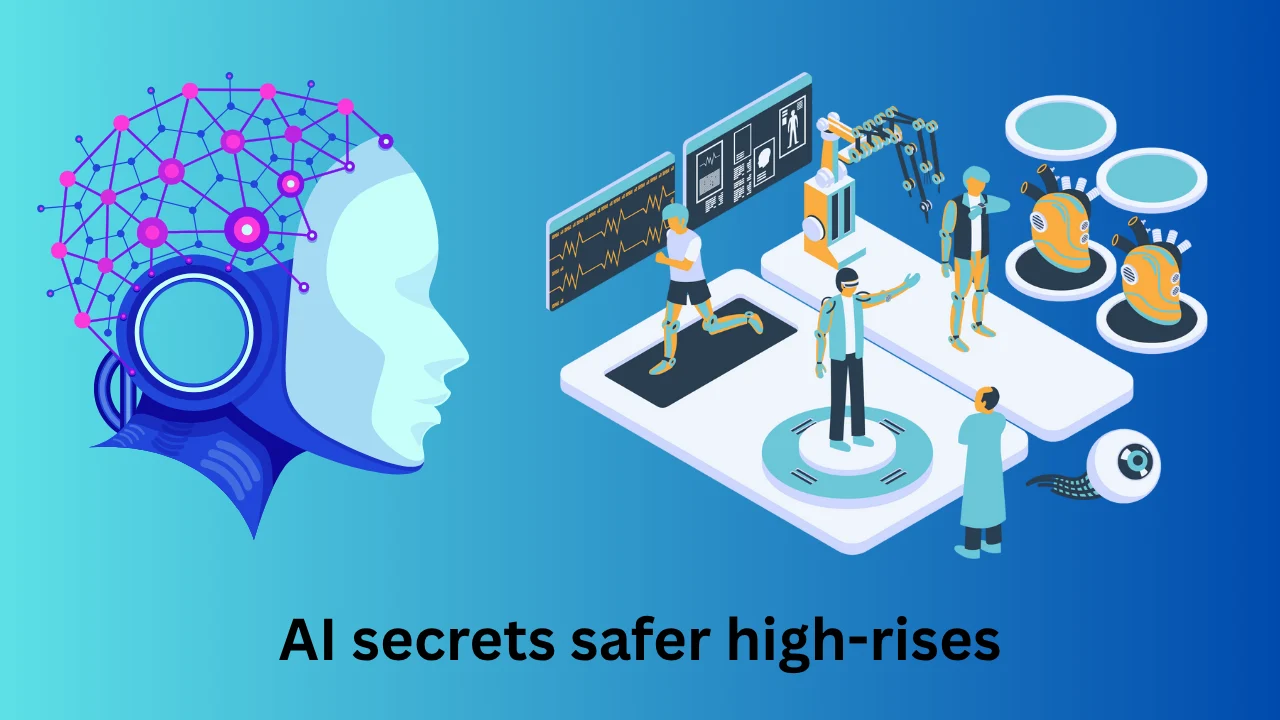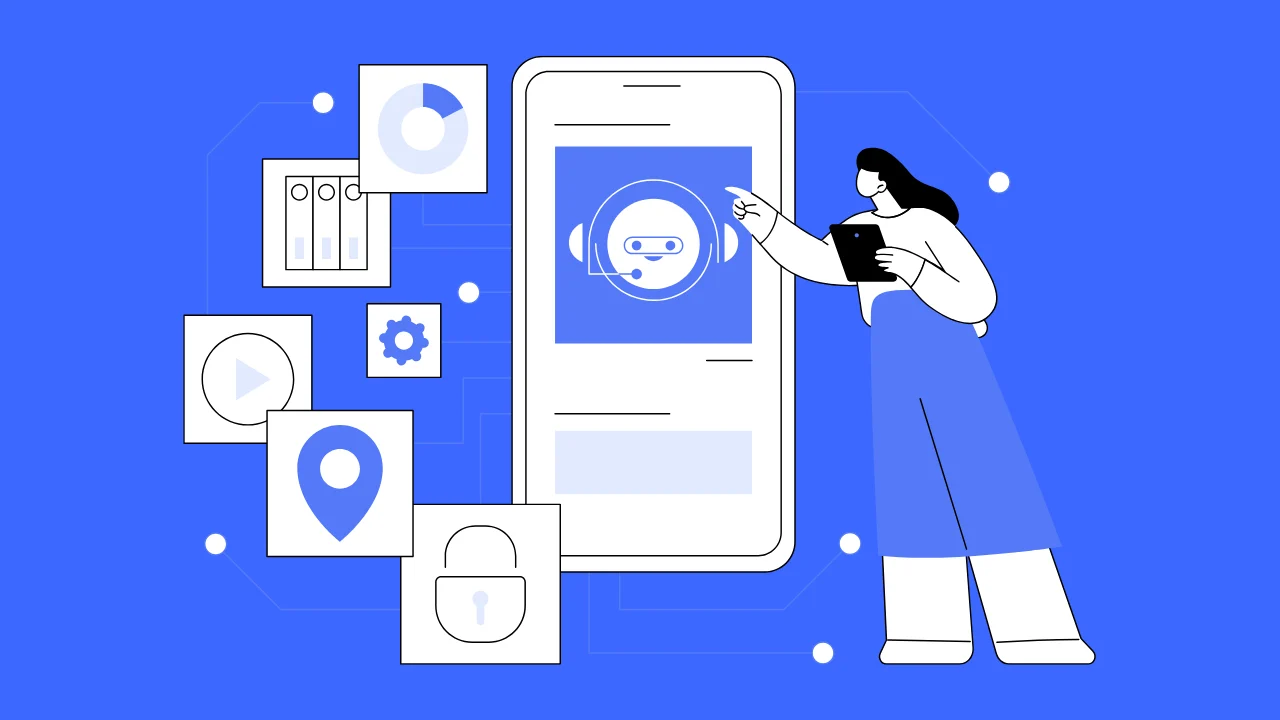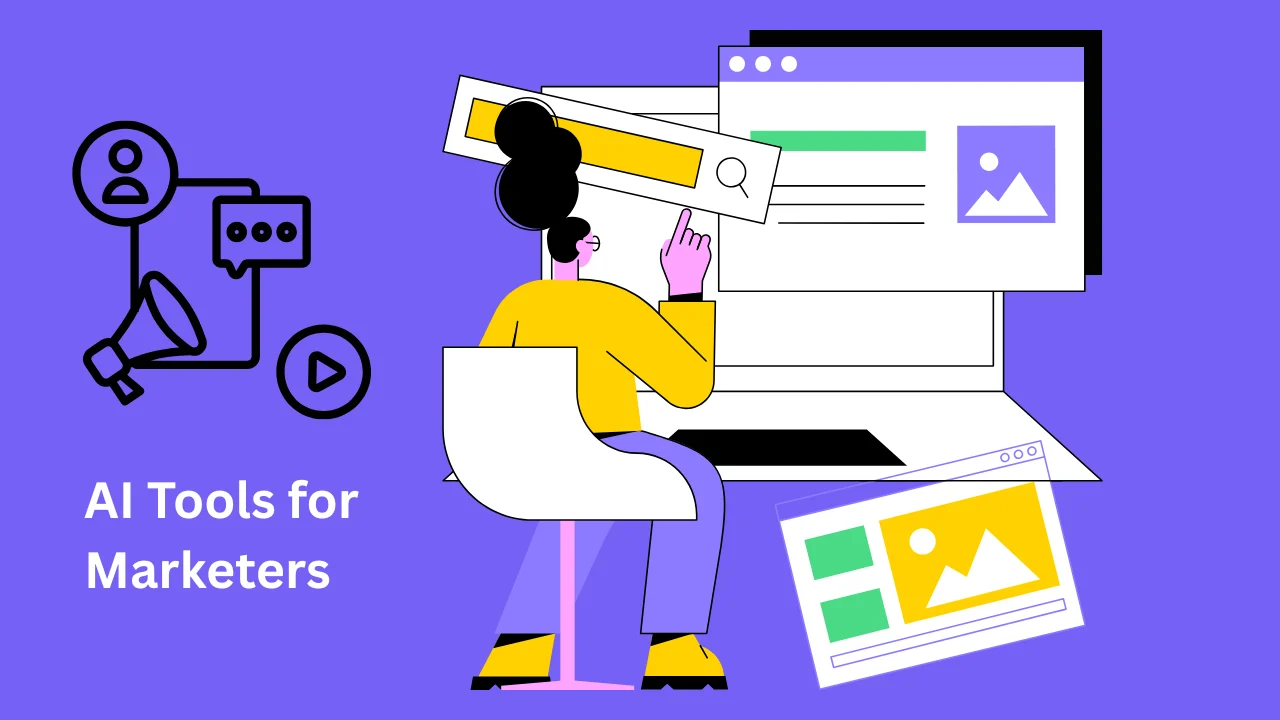Introduction: The Rise of AI in Structural Engineering
High-rise buildings, those towering giants that shape our urban skylines, demand precision and innovation to ensure safety and stability. Structural engineers are now harnessing artificial intelligence (AI) to unlock groundbreaking solutions, making high-rises safer than ever before. These AI secrets for safer high-rises are transforming the way we design, monitor, and maintain these structures, blending cutting-edge technology with human expertise. In this article, we unveil five revolutionary AI applications that are redefining high-rise safety, offering insights into their workings, benefits, challenges, and real-world impact.
Why AI is a Game-Changer for High-Rise Safety
The complexity of high-rise construction, with its intricate structural systems and exposure to environmental forces like wind and seismic activity, requires advanced tools. AI in structural engineering enhances efficiency by processing vast datasets, predicting potential issues, and automating repetitive tasks. This allows engineers to focus on creative problem-solving, ensuring buildings are not only aesthetically pleasing but also structurally sound.
“AI is not about replacing engineers; it’s about augmenting their expertise to create safer, more resilient structures.” – Civils.ai
The Five AI Secrets for Safer High-Rises
1. Digital Twins: Real-Time Monitoring for Building Stability
What Are Digital Twins?
Digital twins are virtual replicas of physical structures that integrate real-time data from sensors to monitor performance. In high-rise buildings, digital twins provide continuous insights into building stability AI, detecting anomalies and predicting maintenance needs before issues escalate.
How Digital Twins Work
Digital twins collect data from IoT sensors embedded in high-rises, analyzing factors like vibrations, temperature, and load changes. AI algorithms process this data to identify patterns, flag potential risks, and simulate scenarios, enabling proactive interventions.
Real-World Example: Virtual Singapore
Singapore’s Virtual Singapore project, part of its Smart Nation initiative, uses a digital twin to model the city’s infrastructure, including high-rises. This platform integrates 3D topographical data and real-time sensor inputs to monitor structural health, aiding urban planners and engineers in ensuring safety.
Case Study: Boiler Efficiency Monitoring
In a three-block high-rise development, a digital twin was used to monitor boiler efficiency, predicting maintenance needs and enabling remote interventions. This approach not only saved costs but also enhanced safety during pandemics by reducing on-site maintenance.
Challenges of Digital Twins
- High Initial Costs: Implementing digital twins requires significant investment in sensors and software.
- Data Privacy: Managing sensitive building data securely is critical.
- Complexity: Requires skilled personnel to interpret AI-driven insights.
Benefits of Digital Twins
- Real-time anomaly detection.
- Proactive maintenance scheduling.
- Enhanced safety through continuous monitoring.
“Digital twins allow us to see the unseen, predicting issues before they become critical.” – Lee McDougall, AHR (PBC Today)
2. Generative Design: Crafting Optimal Structural Designs
Understanding Generative Design
Generative design uses AI to explore thousands of design possibilities based on predefined goals and constraints. In structural design innovations, it optimizes high-rise structures for safety, efficiency, and aesthetics.
How Generative Design Enhances Safety
By simulating various structural systems—such as moment frames, braced frames, and shear walls—generative design identifies configurations that minimize material usage while maximizing stability against wind and seismic forces.
Example: Optimizing High-Rise Structures
A study published on ScienceDirect introduced the High-rise Office Tower Generative Design Framework (HOT_GDF), which uses artificial neural networks to explore diverse tower morphologies. This framework improved energy efficiency by up to 7.76%, with implications for structural stability.
Tools for Generative Design
- Autodesk Revit: Integrates AI to automate structural element creation and suggest optimal designs (Autodesk).
- Pathw.ai: Recognizes patterns in steel structure designs, streamlining workflows (Pathw.ai).
Challenges of Generative Design
- Learning Curve: Engineers need training to use generative design tools effectively.
- Overreliance Risk: AI-generated designs require human validation to ensure safety.
- Data Dependency: Effectiveness depends on quality input data.
Benefits of Generative Design
- Rapid exploration of design options.
- Reduced material costs without compromising safety.
- Enhanced structural resilience.
“Generative design is like having a super-intelligent assistant, offering solutions we might never have considered.” – Novatr
3. Predictive Analytics: Preventing Failures Before They Happen
What is Predictive Maintenance?
Predictive maintenance uses AI to analyze sensor data and forecast when structural components or equipment might fail. This approach is vital for high-rise safety AI, ensuring critical systems like elevators and HVAC remain operational.
How Predictive Analytics Works
AI algorithms process real-time and historical data from sensors, identifying patterns that indicate potential failures. For example, unusual vibrations in an elevator could trigger maintenance alerts, preventing breakdowns.
Case Study: Elevator Maintenance in High-Rises
KONE, a global leader in elevator systems, uses AI to monitor elevator performance in high-rises, reducing downtime and enhancing accessibility (BusinessToday). In Singapore, a high-rise implementation showed a 410% ROI over five years by preventing emergency repairs.
Tools for Predictive Maintenance
- SimScale: Offers AI-driven insights for predictive maintenance (SimScale).
- Civils.ai: Provides no-code AI solutions for maintenance analytics (Civils.ai).
Challenges of Predictive Maintenance
- Cost of Sensors: Installing IoT devices can be expensive.
- Data Overload: Managing large datasets requires robust systems.
- Accuracy Concerns: Predictions must be validated to avoid false positives.
Benefits of Predictive Maintenance
- Prevents costly and dangerous equipment failures.
- Extends the lifespan of building components.
- Enhances occupant safety and comfort.
4. Automated Compliance Checks: Ensuring Regulatory Adherence
The Importance of Compliance
Compliance with building codes is non-negotiable for high-rise safety. AI automates this process, ensuring designs meet standards like the International Building Code (IBC) and local regulations.
How AI Automates Compliance
AI tools analyze design plans against a database of codes, flagging non-compliant elements and suggesting corrections. This reduces human error and speeds up the permitting process.
Examples of AI Compliance Tools
- CodeComply.ai: Automates compliance checks for IBC, IMC, and other codes, streamlining approvals (CodeComply.ai).
- CivCheck: Offers guided AI plan reviews for structural compliance (CivCheck).
Case Study: Streamlining Permitting
CivCheck’s platform has reduced permit backlogs for cities by providing accurate, AI-driven compliance checks, ensuring high-rise designs meet safety standards efficiently.
Challenges of Automated Compliance
- Code Updates: AI systems must be updated with changing regulations.
- Integration Issues: Compatibility with existing design software can be challenging.
- Human Oversight: Engineers must verify AI outputs for accuracy.
Benefits of Automated Compliance
- Faster permitting processes.
- Reduced risk of regulatory violations.
- Enhanced safety through rigorous checks.
5. Advanced Simulation Techniques: Modeling for Safety
The Role of Simulations in High-Rises
Simulations are critical for predicting how high-rises respond to forces like wind, earthquakes, and gravity. AI enhances these simulations by processing complex data quickly and accurately.
How AI Improves Simulations
AI-driven tools like advanced engineering tools simulate multiple scenarios, identifying potential weaknesses and optimizing designs for building stability AI. These tools handle large datasets, providing detailed insights into structural performance.
Tools for Advanced Simulations
- Autodesk Robot Structural Analysis: Uses AI for comprehensive structural simulations (Autodesk).
- Tekla Structural Designer: Optimizes steel and concrete structures with AI-driven modeling (Tekla).
Case Study: Seismic Analysis
A study on MDPI used AI with finite element analysis to simulate a high-rise’s response to vibrations, ensuring safety during seismic events.
Challenges of Advanced Simulations
- Computational Power: Requires high-performance computing resources.
- Data Quality: Simulations depend on accurate input data.
- Interpretation: Engineers need expertise to act on simulation results.
Benefits of Advanced Simulations
- Accurate prediction of structural behavior.
- Early identification of design flaws.
- Enhanced safety through optimized designs.
Challenges of Implementing AI in Structural Engineering
High Initial Costs
Deploying AI tools like digital twins and predictive maintenance systems involves significant upfront investment in sensors, software, and training.
Data Privacy and Security
Handling sensitive building data requires robust cybersecurity measures to prevent breaches.
Need for Skilled Personnel
AI tools demand engineers with expertise in both structural engineering and data science, which can be a barrier in regions with skill shortages.
Overreliance on AI
While AI enhances efficiency, overdependence without human oversight risks missing critical nuances in design and maintenance.
Pros and Cons of AI in High-Rise Safety
| Aspect | Pros | Cons |
|---|---|---|
| Efficiency | Automates repetitive tasks, saving time | High initial setup costs |
| Accuracy | Reduces human error in design and compliance | Requires high-quality data inputs |
| Safety | Predicts and prevents structural issues | Risk of overreliance on AI |
| Innovation | Enables creative design solutions | Needs skilled personnel for implementation |
The Future of AI in Structural Engineering
Looking ahead, AI is poised to further transform high-rise construction. As algorithms become more sophisticated and datasets grow, we can expect even more precise predictions and innovative designs. The integration of AI with emerging technologies like 5G and IoT will enhance real-time monitoring, while advancements in machine learning will streamline compliance and maintenance processes. Structural engineers who embrace these AI secrets for safer high-rises will lead the charge in building resilient, sustainable urban landscapes.

FAQs
How does AI improve high-rise safety?
AI enhances high-rise safety through real-time monitoring, predictive maintenance, automated compliance checks, and advanced simulations, ensuring structures are resilient and compliant.
What are digital twins in structural engineering?
Digital twins are virtual models of buildings that use real-time sensor data to monitor structural health, predict issues, and optimize maintenance.
Can AI replace structural engineers?
No, AI augments engineers by automating tasks and providing insights, but human expertise is essential for validating designs and making critical decisions.
What tools use AI for structural design?
Tools like Autodesk Revit, SimScale, and CodeComply.ai leverage AI for design optimization, simulations, and compliance checks in structural engineering.
How does predictive maintenance work in high-rises?
Predictive maintenance uses AI to analyze sensor data, forecasting equipment failures to schedule timely repairs, enhancing safety and reducing costs.
Are there risks in using AI for high-rise construction?
Yes, risks include high costs, data privacy concerns, and the need for skilled personnel, but these can be mitigated with proper implementation.






